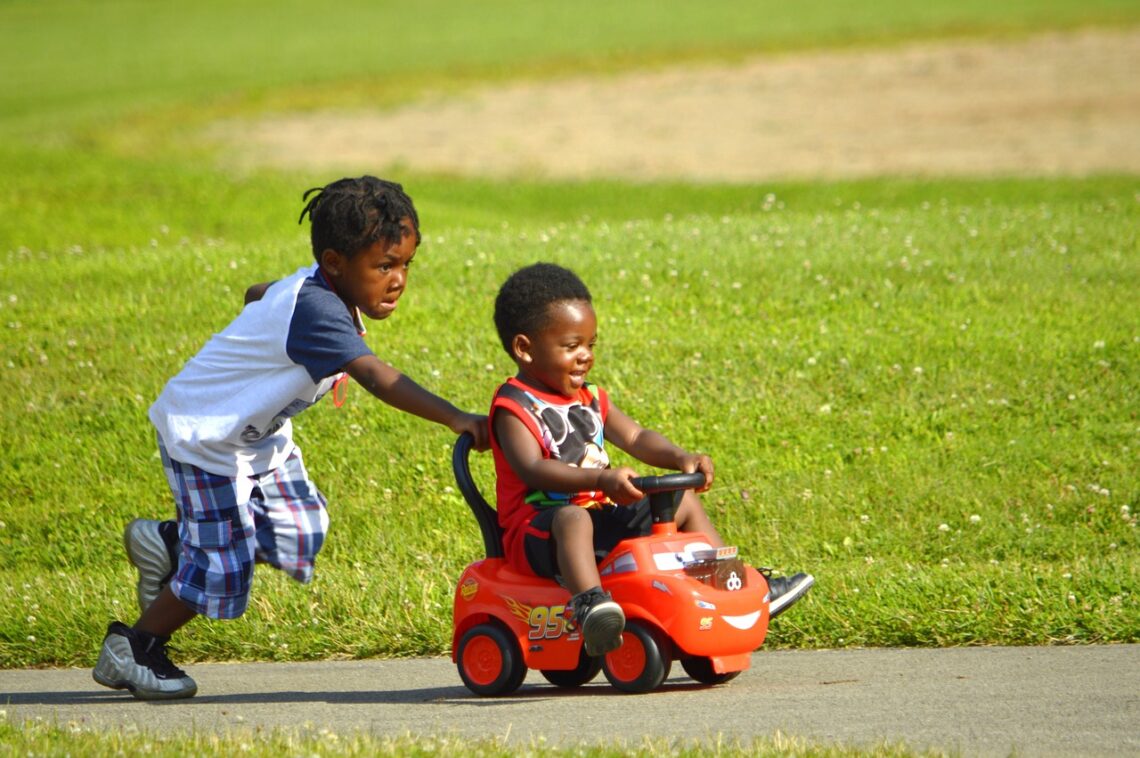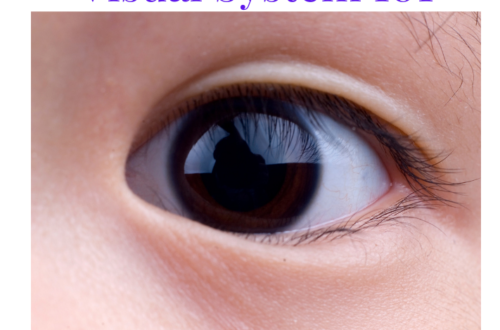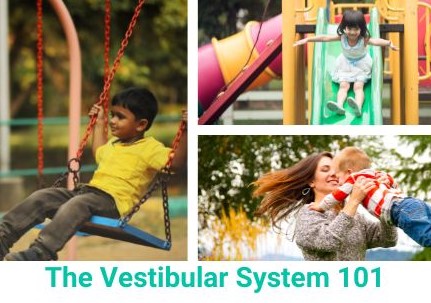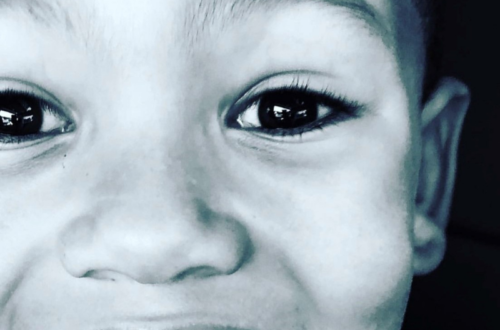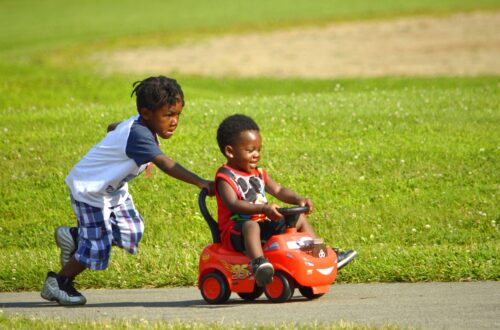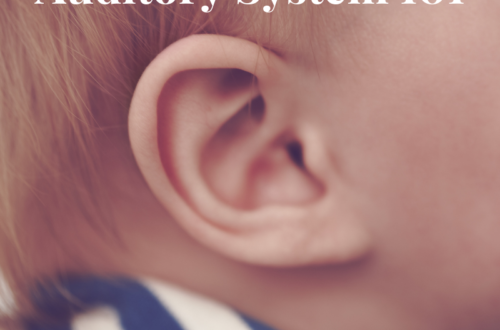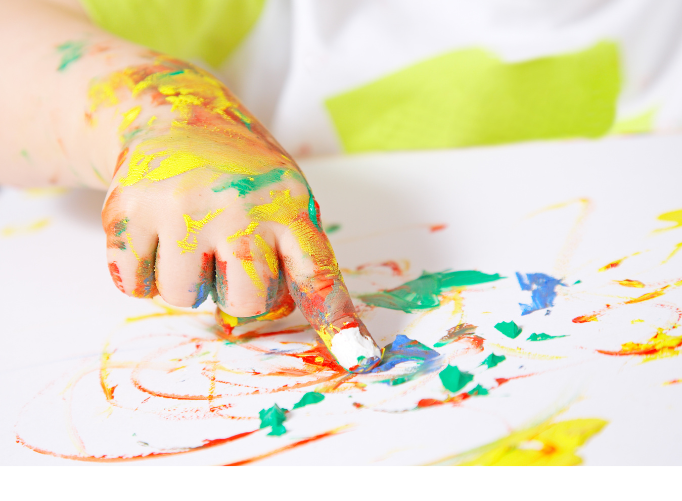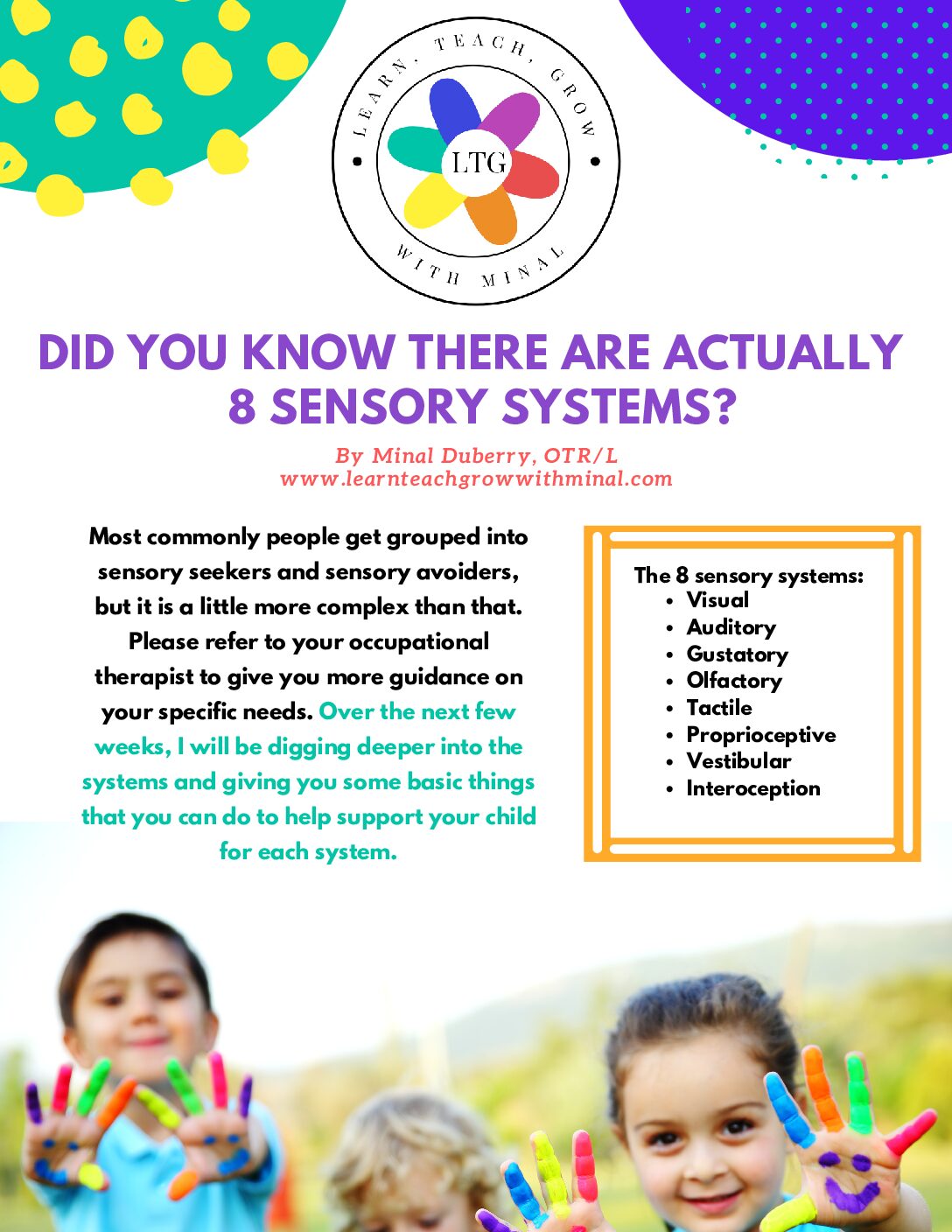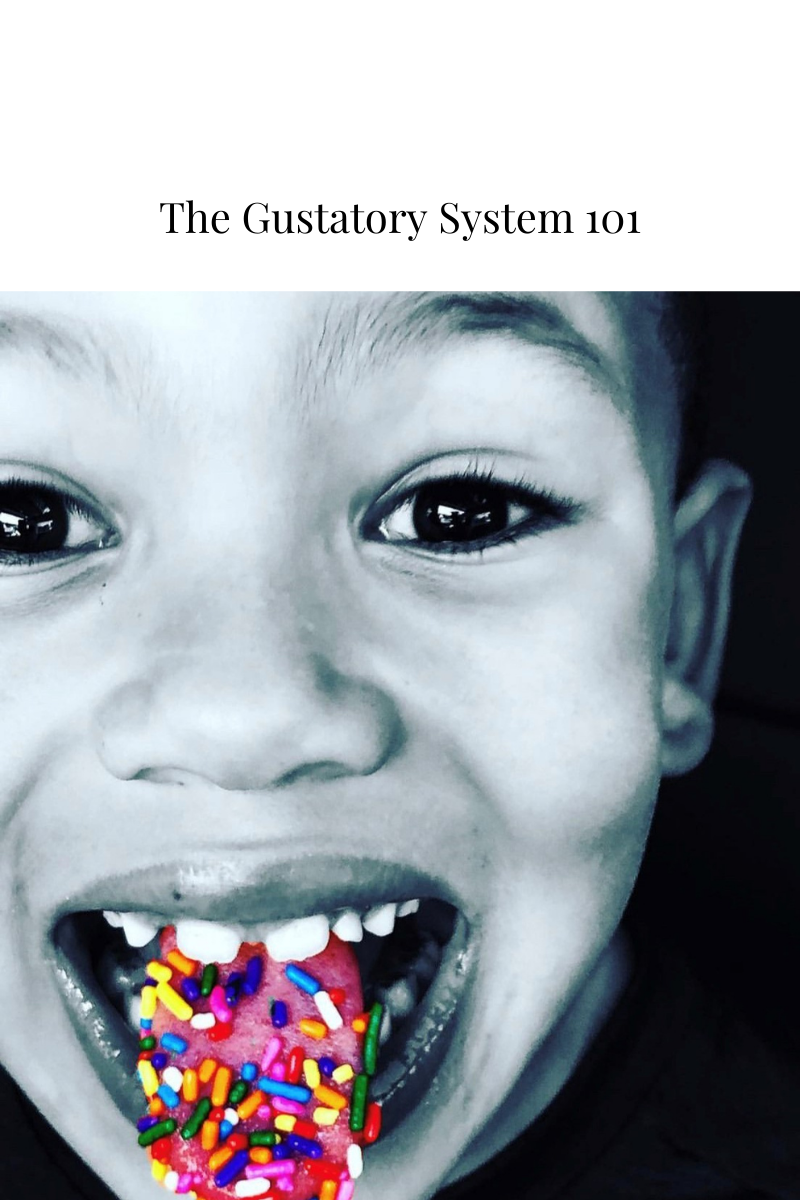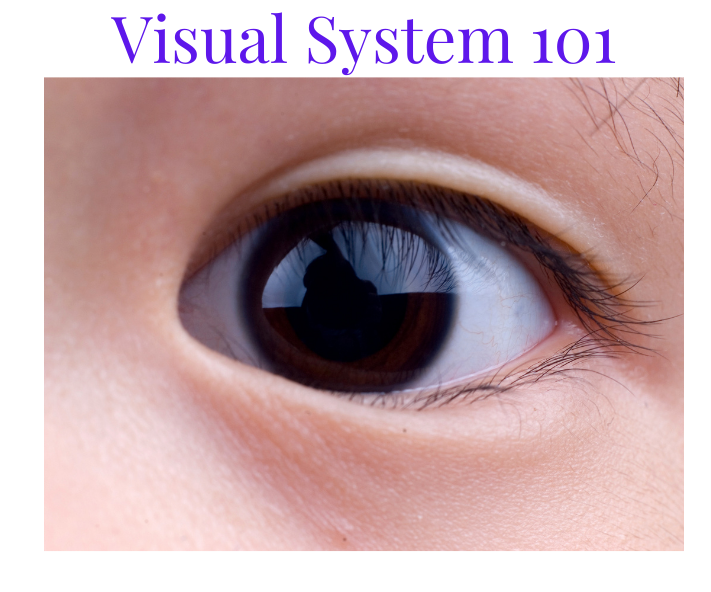-
Proprioceptive System 101
Proprioceptive System 101 Thisi s a reader supported site and as an Amazon Associate, I earn from qualifying purchases. The proprioceptive system is a vital part of sensory modulation. This sensory system is responsible for providing information of body awareness by providing position, orientation, and location of muscles, joints, and body parts. It is also responsible for giving feedback on how much effort is being used by the muscles. This is the second of the three systems focused on in sensory processing dysfunction treatment. Dysfunction can appear as difficulty with body awareness, grading of pressure or force needed to complete tasks, crashing or banging into furniture or people, not having…
-
The Interoception System 101
Our last and final system in this series! The interoception system. This system is responsible for the awareness of internal organs. The interoceptors are located throughout the organs, muscles, and skin. This system is responsible for sending signals of hunger, thirst, toileting needs, itch, and pain. Dysfunction in this system can effect understanding of hunger,not feeling hungry, or not understanding when full, difficulty controlling and understanding emotions, difficulty understanding signs of bathroom needs, not understanding feelings of pain or discomfort. Many times kids with sensory differences will eat large quantities of food for their age as they dont have a good connection with their satiety feelings. Many also don’t feel…
-
Vestibular System 101
The vestibular system is next up on sensory system series. This sensory system helps us with knowing orientation in space and balance. It is responsible for helping to guide our head position in relation to gravity. It serves as an internal “GPS” for our body. This sensory system is located inside the inner ear and is the third of the three systems used to treat sensory processing disorder. Dysfunction in this system can appear as difficulty with having feet off the ground, being tipped backward, needing to move constantly or avoiding movement, spinning or avoiding spinning, not enjoying imposed movement on body, fear of heights, and motion sickness. Simple Activities to Strengthen…
-
Tactile System 101
Tactile System 101 As an Amazon Associate, I earn from qualifying purchases at no extra cost to you. The tactile system is responsible for our sense of touch including our sense of pain and pressure which we receive through the receptors in our skin. This system helps us process the things we touch and understand the qualities of what we touch. For example, hard, soft, smooth, rough, weight, and size. This system plays a critical role early on in helping us learn body awareness and all that we come into contact with daily. This system plays a direct role in motor planning, self awareness, social emotional regulation, and visual processing.…
-
The Gustatory System 101
We are already halfway through our 8 sensory systems!! Let’s talk gustatory system this week. This system is responsible for our sense of taste and flavor. It detects sweet, salty, bitter, sour, and umami. It helps us with knowing what foods are safe or harmful to eat. This also includes tolerance of textures in the mouth and normal functioning of the gag reflex. Is your child a picky eater? An overstuffer? Do they gag when certain foods or textures are introduced in the mouth? Do they mouth non edible objects? These are very common concerns that I am presented with on a daily basis in my practice. Before we talk…
-
Visual System 101
The first system that we will explore is the visual system. We are all familiar with what we use the visual system for–to SEE right! Yes, but of course, it is more complex than that. Let’s start out by first discussing the official role of this system. This system is responsible for taking in visual stimulation sensed and processed by the eyes and brain. It is not only what we see but also understanding if what we are seeing is safe or harmful, and how much we need to pay attention to it. The brain is consistently filtering images in our environment to help us weave components of images together…
-
Sensory Systems 101
Sensory Systems 101 Did you know there were actually 8 sensory systems??? I know what you are thinking!! Wait- I only learned 5 in school! The 8 sensory systems are: Visual: is responsible for taking in visual stimulation sensed and processed by the eyes and brain. Auditory: is responsible for hearing, interpreting and processing sound, locating sound, and filtering sound. Gustatory: is responsible for our sense of taste. Olfactory: is responsible for our sense of smell, such as filtering smell, alerting us to dangerous smells also. Tactile: is responsible for our sense of touch, which includes our sense of pain and pressure Proprioceptive: is responsible for providing information of body awareness…
